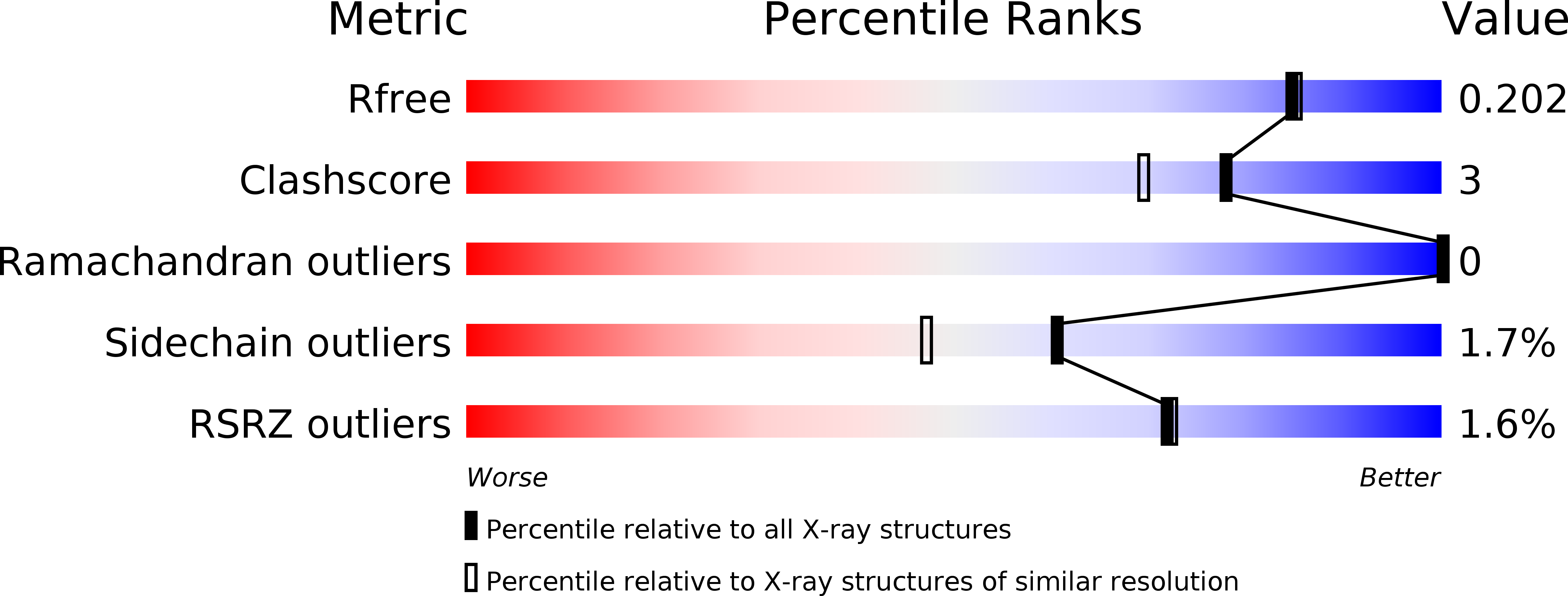
Deposition Date
2015-12-15
Release Date
2016-12-07
Last Version Date
2024-03-20
Entry Detail
PDB ID:
5FCF
Keywords:
Title:
Crystal Structure of Xaa-Pro dipeptidase from Xanthomonas campestris, phosphate and Mn bound
Biological Source:
Source Organism:
Xanthomonas campestris pv. campestris str. ATCC 33913 (Taxon ID: 190485)
Escherichia coli (Taxon ID: 562)
Escherichia coli (Taxon ID: 562)
Host Organism:
Method Details:
Experimental Method:
Resolution:
1.85 Å
R-Value Free:
0.19
R-Value Work:
0.15
R-Value Observed:
0.16
Space Group:
P 21 21 21


